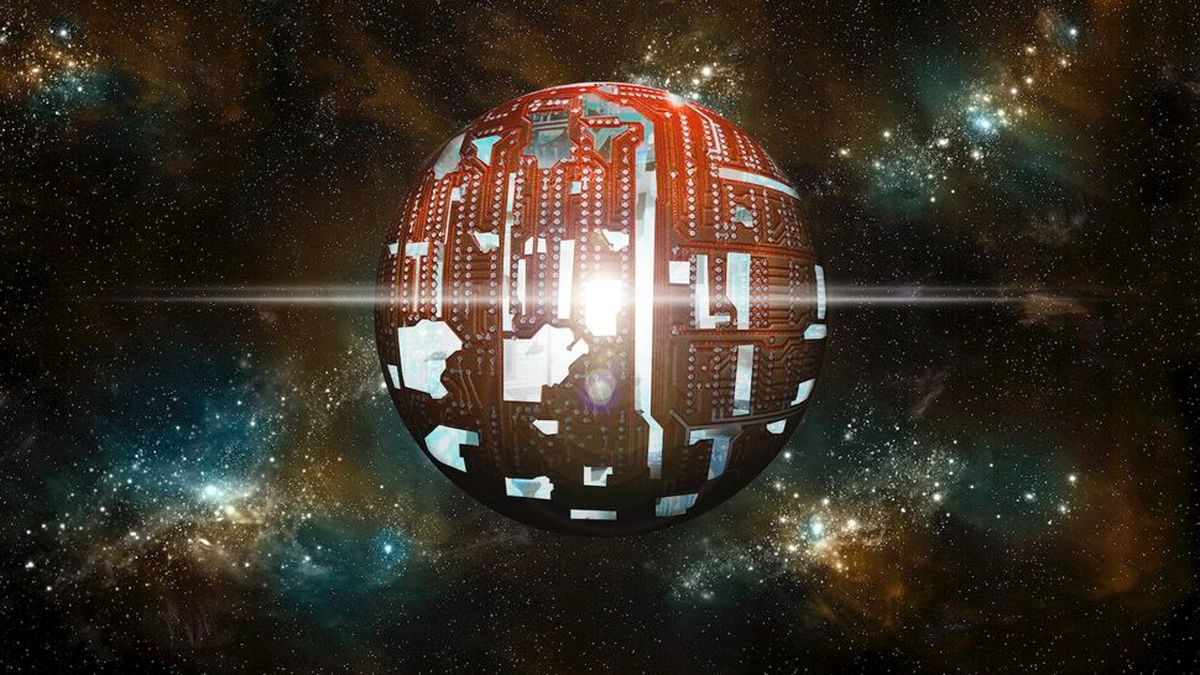Astronomers have detected unusual energy signatures from several distant stars that may represent the first potential evidence of hypothetical megastructures known as Dyson spheres. These mysterious findings, captured by multiple observatories, have reignited scientific interest in the search for extraterrestrial intelligence through unconventional means.
The idea of Dyson spheres was introduced in 1960 by the physicist Freeman Dyson, who suggested that highly advanced civilizations might build vast structures to gather energy from their stars. These hypothetical constructions would enable a species to capture almost all the energy emitted by a star, possibly resulting in detectable signs such as atypical infrared radiation patterns. Recent studies have found at least seven main-sequence stars displaying precisely these expected traits, lacking a straightforward astrophysical explanation.
Researchers utilized a new analytical method integrating information from the Gaia satellite, the Wide-field Infrared Survey Explorer (WISE), and a network of ground-based infrared telescopes. Their aim was to detect stars that produce unusually high amounts of mid-infrared emission without matching visible light patterns, a signature Dyson speculated could suggest artificial constructs. The stars under consideration, all found within 1,000 light-years of Earth, exhibit thermal characteristics that do not align with recognized natural occurrences such as dust clouds or protoplanetary disks.
The team emphasized caution in interpreting these preliminary findings. Lead researcher Dr. Gabriella Contardo of the International School for Advanced Studies noted, “While these objects match some theoretical predictions for Dyson spheres, we must exhaust all possible natural explanations before considering artificial origins.” Alternative hypotheses include unusual circumstellar material distributions or previously unobserved stages of stellar evolution.
This investigation represents a significant evolution in the search for extraterrestrial intelligence (SETI). Traditional SETI efforts focused on detecting radio signals, while newer approaches examine astronomical data for technological signatures—physical evidence of engineering on cosmic scales. The current study marks one of the most systematic attempts to apply this “technosignature” approach to existing observational data.
The stars identified as candidates possess a number of fascinating traits. They are all main-sequence stars comparable to the Sun in both size and temperature, making them potentially viable for sustaining life as we perceive it. Their infrared emissions are consistently stable over time, differentiating them from the fluctuating patterns usually associated with natural dust. Most notably, some exhibit surprising reductions in visible light, which might indicate partial blockage by solid objects.
Astrophysicists have proposed multiple follow-up studies to investigate these anomalies further. Planned observations include high-resolution spectroscopy to analyze the chemical composition of the infrared-emitting material and searches for laser communications or other artificial signals from these systems. The James Webb Space Telescope’s powerful infrared instruments may provide crucial additional data in coming months.
The possible discovery has ignited a lively discussion among scientists. Some detractors insist that proposing extraterrestrial megastructures goes against the rule of favoring natural explanations unless absolutely required. On the other hand, proponents argue that thoroughly ruling out all standard explanations is an essential part of the scientific method, and certain occurrences might indeed demand non-traditional solutions.
The potential consequences of these discoveries go beyond their immediate astronomical significance and could deeply influence our perception of humanity’s role in the universe. The verified existence of just one artificial megastructure would imply that advanced technological societies, capable of undertaking large-scale star modifications, are not only a possibility but might also be fairly prevalent in our cosmic vicinity. Such a revelation could significantly change our approach to the Drake Equation, which forecasts the quantity of observable civilizations within our galaxy.
The scientific team intends to broaden their study to cover a greater number of stars and more diverse wavelength ranges. They’re also creating more advanced models to further differentiate between potential natural and artificial sources of infrared excesses. As observational tools become more advanced, researchers might obtain sharper understanding of these enigmatic objects—whether they signify unique natural occurrences or offer humanity its first look at the technological abilities of an alien civilization.
For the moment, the scientific community remains cautiously optimistic. As Dr. Contardo stated, “We have discovered something truly intriguing that deserves additional examination. Regardless of whether this is eventually clarified by new physics or new civilizations, we are expanding the limits of our understanding of the universe.” This balanced approach shows the increasing development of SETI as a scientific field, combining open-minded exploration with thorough skepticism.
In the years ahead, it might be decided if these unusual stars signify a significant advancement in astrobiology or if they merely belong to a fascinating new category of astrophysical bodies. Regardless of the result, it is sure to enhance our comprehension of the universe and our role in it, furthering humanity’s timeless pursuit to uncover if we are solitary in the cosmos.

